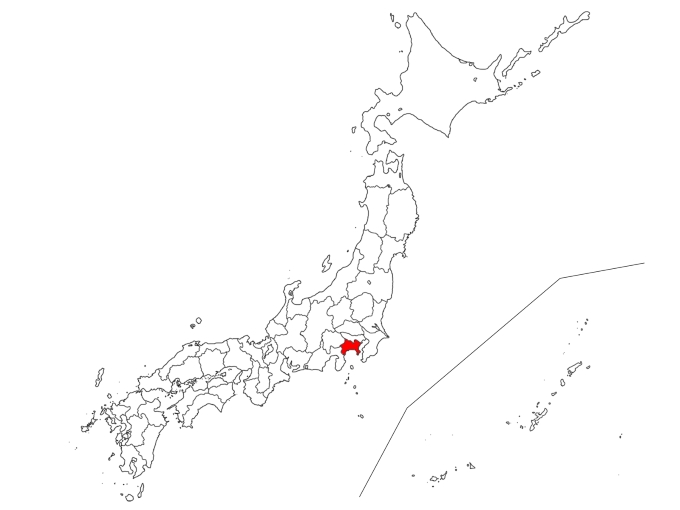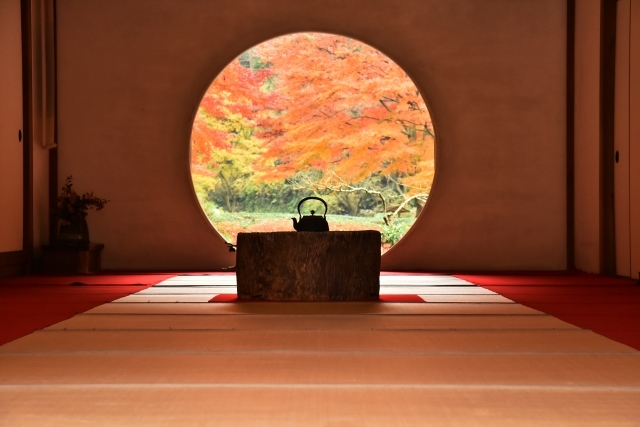Contents
1.Basic Information
Kamakura
Kamakura was once the center of the Kamakura Shogunate and is associated with Minamoto no Yoritomo. There are many historical temples and shrines such as Tsurugaoka Hachimangu, Zeniarai Benzaiten Ugafuku Shrine, Meigetsu-in (Hydrangea Temple), Engaku-ji, Hasedera, Hokokuji, Gokurakuji, Kenchoji, and Jochiji scattered around. Nearby Inamuragasaki Onsen is also popular for its large bath with an ocean view.
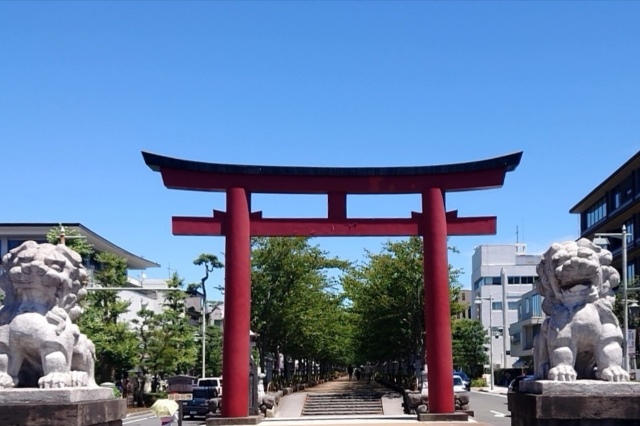
Enoshima
Enoshima is a beautiful scenic spot visited by over ten million tourists annually and is easily accessible from Tokyo and Yokohama. The island has an area of 0.38km², a circumference of 4km, and a maximum altitude of about 60m, boasting natural beauty and historical background. From ancient times, Benzaiten, a goddess, has been enshrined here and has been widely worshiped as a god of war, wisdom, and the arts. Especially during the Edo period, pilgrimages called “Enoshima Mairi” became popular.
The island is also rich in tourist spots, including an observation tower at the highest point, offering beautiful views. There’s also a tropical botanical garden for plant observation. The opposite Katase Beach is a popular seaside spot.
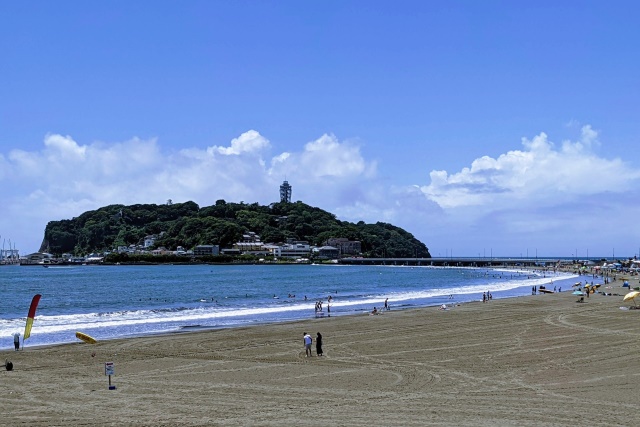
Hakone Hot Spring (Hakoneonsen)
Hakone Hot Spring is one of Japan’s leading hot spring areas where you can enjoy about 20 different types of spring quality. In the vicinity, there are Sengokuhara, a highland resort area at an altitude of about 700 meters, and Hakone Sekisho, a key point of transportation since the Edo period, making it an attractive tourist spot where you can enjoy both nature and history.
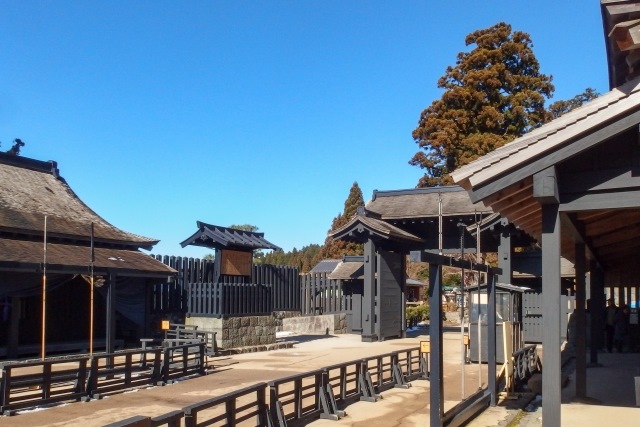
Lake Ashi (Ashinoko)
Lake Ashi, located at an altitude of 724 meters, is a caldera lake formed by an eruption about 3000 years ago. The lake’s specialty, smelt, is highly valuable and has also been presented to the Imperial family. There are historical tourist spots, facilities, and restaurants scattered around the approximately 19km circumference of the lake, and you can enjoy beautiful views of Mt. Fuji while touring the lake on the Hakone Pirate Ship or Lake Ashi cruise.
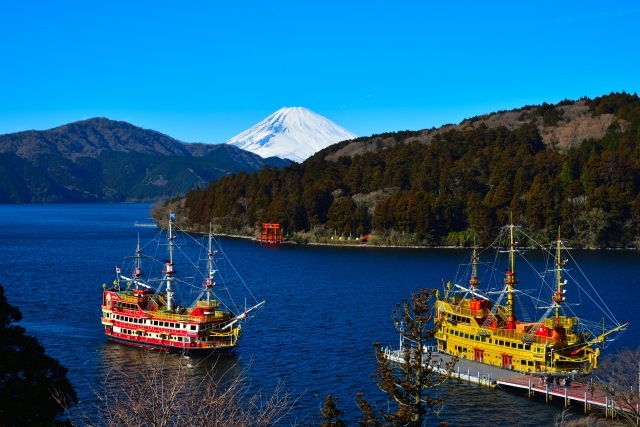
2.Reviews
Kamakura Daibutsu
The Kamakura Daibutsu at Kōtoku-in is about 11.3 meters high and weighs about 121 tons. Originally housed inside a building, it eventually sat in the open air due to earthquakes and tsunamis. Although smaller in size compared to the Great Buddha in Nara, the fact that it has largely maintained its original form through over 770 years is very valuable and represents an important existence in Japanese Buddhist art.
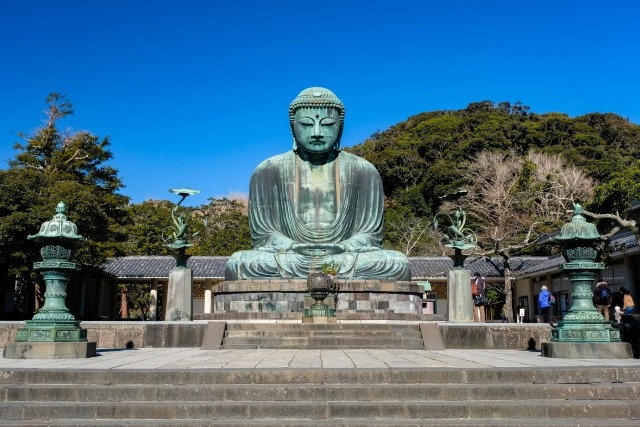
Owakudani
Owakudani is a crater created by an eruption about 3000 years ago, and white steam and the smell of hydrogen sulfide still linger today. Due to active volcanic activity, certain areas are off-limits, and those with health concerns (such as respiratory or heart issues) need to exercise caution when visiting. Owakudani’s specialty, “black eggs,” boiled in these hot springs, are popular souvenirs and are said to extend one’s lifespan by seven years when eaten.
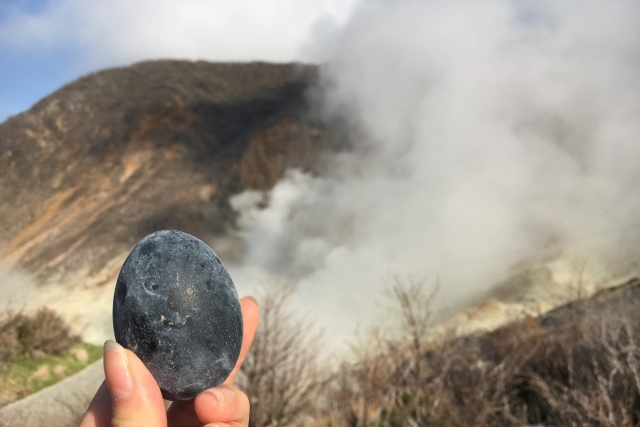
3.Local Food



4.Transportation Information
■How to Get to Kamakura
Kamakura City Tourist Association Official Site (English available)
https://www.trip-kamakura.com/
■How to Get to Enoshima
Fujisawa City Tourist Association Official Site (Multilingual support)
https://www.fujisawa-kanko.jp/spot/enoshima/
■How to Get to Hakone
Hakone Town Tourist Association Official Site (English available)
https://www.hakone.or.jp/
5.Map Information
